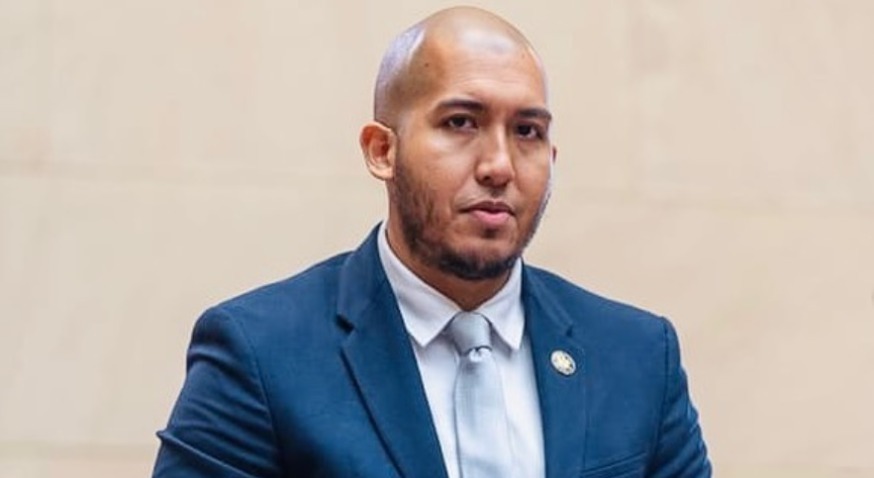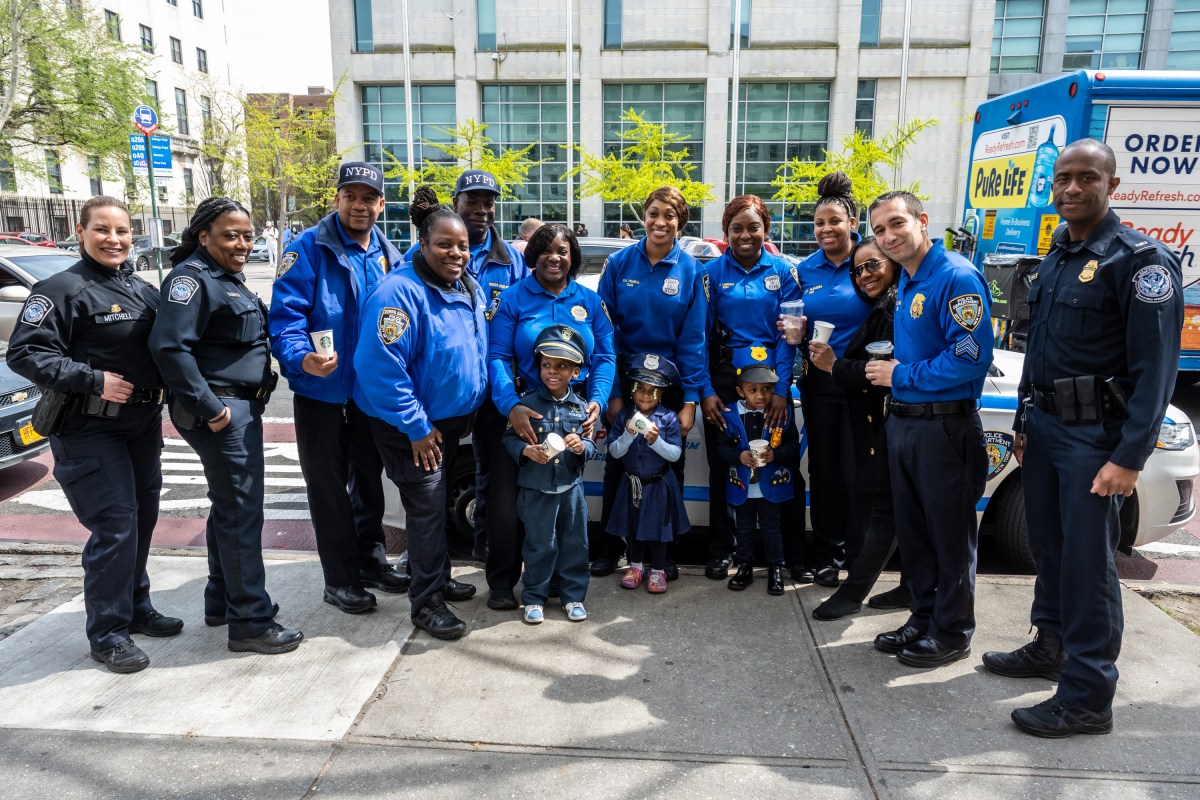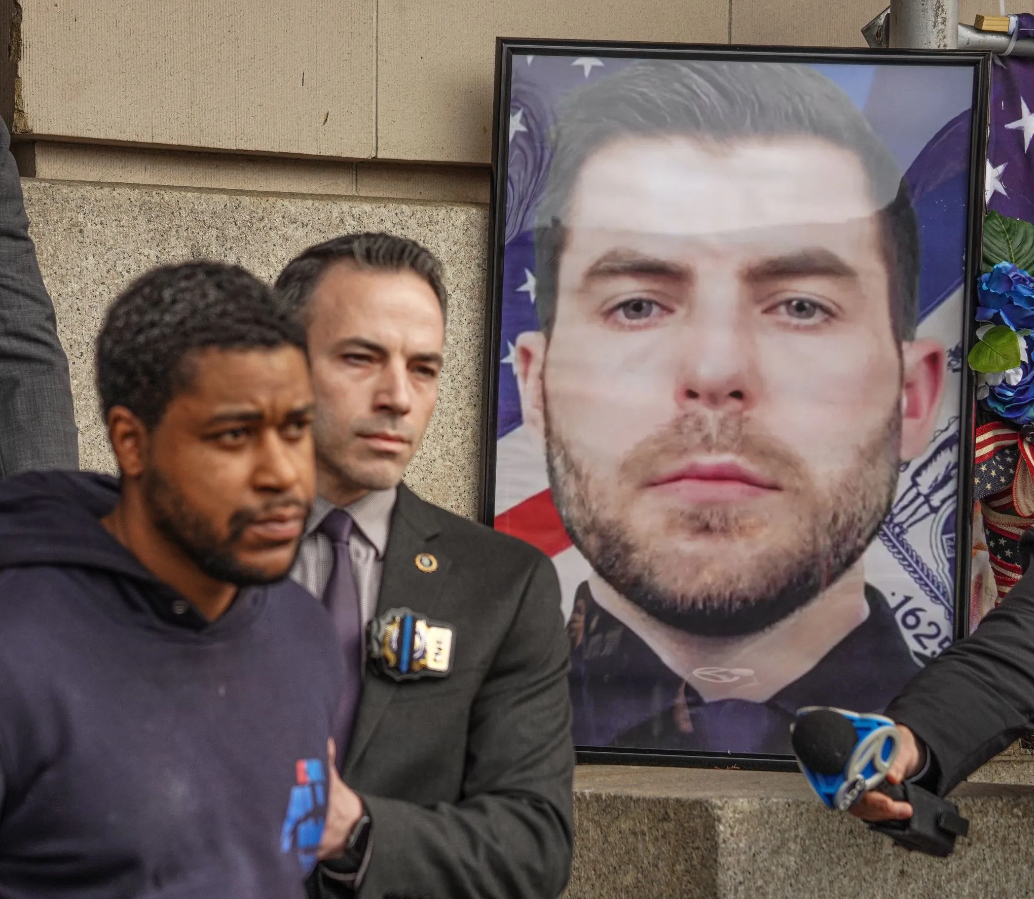 BY ALBERT AMATEAU | David Reck, a Hudson Square neighborhood resident and activist and a longtime member of Community Board 2, died earlier this summer. He was 64.
BY ALBERT AMATEAU | David Reck, a Hudson Square neighborhood resident and activist and a longtime member of Community Board 2, died earlier this summer. He was 64.
He was diagnosed with lung cancer in fall 2013 and died this July 31, according to his wife, Eli Hausknecht.
A registered architect, David Reck was a skilled and passionate advocate for the improvement and preservation of the neighborhood where he lived and worked in the small Greenwich St. building he bought 37 years ago.
“He helped usher in a lot of changes in Hudson Square, and he became an expert in the workings of the State Liquor Authority in the neighborhood fight against noisy clubs,” said state Senator Brad Hoylman, a former chairperson of Community Board 2.
Tony Hofmann, president of the Village Independent Democrats club, hailed Reck for using his knowledge as an architect to help the community. Reck served as district co-leader in 2010.
In the 1990s, Reck organized Friends of Hudson Square in response to rowdy clubs in the area. As a member of C.B. 2, which covers Greenwich Village, the South Village, Soho and Hudson Square, he twice served as chairperson of the board’s Housing and Zoning Committee; headed the Traffic and Transportation Committee, and also served as vice chairperson of the Waterfront Committee.
Around 2000, Reck took a leading role in the rezoning of part of Hudson Square, which was passed in 2003 and was expanded two years ago under the leadership of Trinity Real Estate.
When the Hudson Square Connection business improvement district was organized, Reck was Manhattan Borough President Scott Stringer’s representative on the BID’s board of directors.
“He was on our board for two years and was active on our streetscape planning,” said Ellen Baer, the BID’s executive director. “He and his wife frequently attended meetings. We considered him a partner and a friend.”
Reck was also co-chairperson of the Neighborhood Core Subcommittee of Stringer’s Community Task Force on New York University Development. The task force established planning principles and served as a forum on the university’s redevelopment. Reck was also a member of Board 2’s St. Vincent’s Hospital Omnibus Committee, reviewing land use and landmark applications for a proposed new hospital. The hospital plan collapsed with St. Vincent’s bankruptcy four years ago. He ran for C.B. 2 chairperson in 2006, but lost to Maria Passanante-Derr.
Possessed of a mercurial temperament and never one to shy away from controversy, Reck came into conflict with a few other C.B. 2 members, notably Sean Sweeney and Doris Diether.
Reck’s conflict with Sweeney resulted in Reck’s breaking away from the Downtown Independent Democratic Club and organizing the Lower Manhattan Democratic Club.
“David was the lifeblood of the club,” said Zella Jones, an L.M.D.C. member. “He built it from 31 members in 2010 to more than 200. With David gone we’re in the process of reorganizing,” she added.
“David was very outspoken but also very principled,” said Alan Gerson a former C.B. 2 chairperson and a former city councilmember.
Frieda Bradlow, a Board 2 member for 45 years and a friend and near neighbor of Reck and his wife, said, “David was a rarity, a sweet guy with strong opinions. He was indefatigable when working on an issue. He just wouldn’t give up. He was among the first to come up with a rezoning plan for Hudson Square, long before Trinity became involved.”
Bradlow recalled Reck’s efforts to block the Department of Sanitation’s ultimately successful plan for a three-district garage on Spring St.
“Contrary to the lies told about him, he campaigned against the Trump Soho hotel on Varick St.,” Bradlow said. “He was a complex person. He saw no contradiction in his starting a new Democratic club and his wife’s remaining active in Village Independent Democrats. He was also a very good architect. I lost a good friend and a good neighbor.”
David Reck’s devotion to local democracy started in the early 1970s when he was an undergraduate in Allegheny College, in Meadville, in northeast Pennsylvania, his wife said. He joined a grassroots agency made up predominantly of black members who were converting abandoned buildings to community use.
Reck was born in Millcreek, Pennsylvania, a suburb of Erie, the son of Bruce Reck and Margaret Guerin Reck. His father was a welder who later became a supervisor in the Hammermill Paper plant in Millcreek. David went to local schools and then entered college at nearby Allegheny. He started in chemistry, switched to photography and got involved with the school’s theater productions, his wife said.
After graduation Reck became active in antiwar protests as well as the volunteer group building the community center. In 1974, he and a group of friends decided to come to New York. Reck made a living taking private construction jobs, carpentry, electrical work and plumbing, all unlicensed.
“There was almost nothing he couldn’t do,” said his wife. David bought the building at 512 Greenwich St. in 1977 and decided he wanted to do more than freelance construction work in 1980 after he and Hausknecht began dating. He entered Pratt, studied architecture and earned a license.
Among his community board activities, he served as the Board 2 representative to the Canal Area Transportation Study, a.k.a. CATS, a program of the federally funded New York Metropolitan Transportation Council. He was an early member of the Committee to Save Washington Square and was part of former Manhattan Borough President’s Virginia Fields’s Nightlife Task Force.
“He was very forward-looking and a great believer in the community board as a way for citizens to exercise hands-on democracy,” his wife said.

















